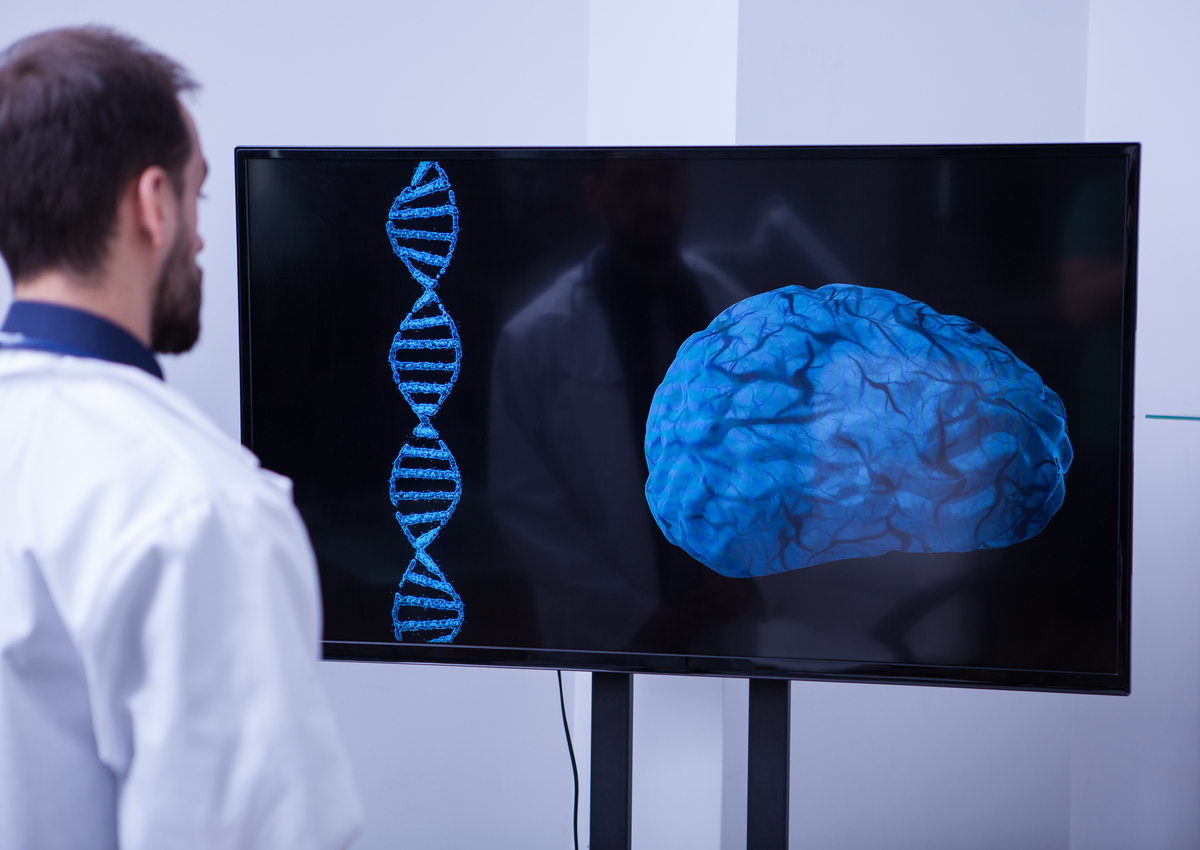Computational Structural Biology-Driven Drug Discovery: Design-Make-Test Strategy in Biotech
A biotech company focusing on computational structural biology-driven drug discovery and adopting the design-make-test strategy typically executes the following steps:
-
Design: The company uses computational methods and tools to analyze biological structures, such as proteins and enzymes, and identify potential drug targets. This involves studying the 3D structure of the target, understanding its function, and predicting interactions with small molecules.
-
Virtual Screening: Using computational algorithms, the company performs virtual screening to identify potential drug candidates that can bind to the target protein. This involves screening large databases of chemical compounds to find molecules with the desired properties and potential for therapeutic activity.
-
Lead Optimization: Once potential drug candidates are identified, the company uses computational methods to optimize their properties, such as improving binding affinity, selectivity, and pharmacokinetic properties. This iterative process involves making modifications to the chemical structure of the lead compounds and predicting their effects using computational models.
-
Make: After lead optimization, the company synthesizes or acquires the selected drug candidates for further testing. This involves chemical synthesis or obtaining the compounds from external sources, such as chemical libraries or contract research organizations.
-
Test: The synthesized or acquired drug candidates are then tested in vitro and in vivo to evaluate their efficacy, safety, and pharmacokinetic properties. This includes testing the compounds in cell-based assays, animal models, and eventually in clinical trials.
-
Iterative Optimization: Based on the results of the testing phase, the company refines and optimizes the drug candidates further. This may involve modifying the chemical structure, adjusting the dosage, or exploring different formulations to improve the drug's properties.
-
Preclinical and Clinical Development: The most promising drug candidates undergo preclinical studies to assess their safety and efficacy in animals. If successful, the company proceeds to conduct clinical trials in humans, which involve multiple phases to evaluate the drug's safety, dosage, and efficacy.
-
Regulatory Approval: Once clinical trials demonstrate positive results, the company submits the necessary data and documentation to regulatory authorities, such as the FDA, for approval. This involves providing evidence of the drug's safety, efficacy, and manufacturing quality.
-
Manufacturing and Commercialization: If regulatory approval is granted, the company scales up the manufacturing process to produce the drug on a larger scale. The drug is then marketed, distributed, and made available to healthcare providers and patients.
Throughout this entire process, the biotech company continues to utilize computational methods and structural biology techniques to support decision-making, optimize drug candidates, and improve the overall efficiency of the drug discovery and development process.

原文地址: https://www.cveoy.top/t/topic/fSZi 著作权归作者所有。请勿转载和采集!